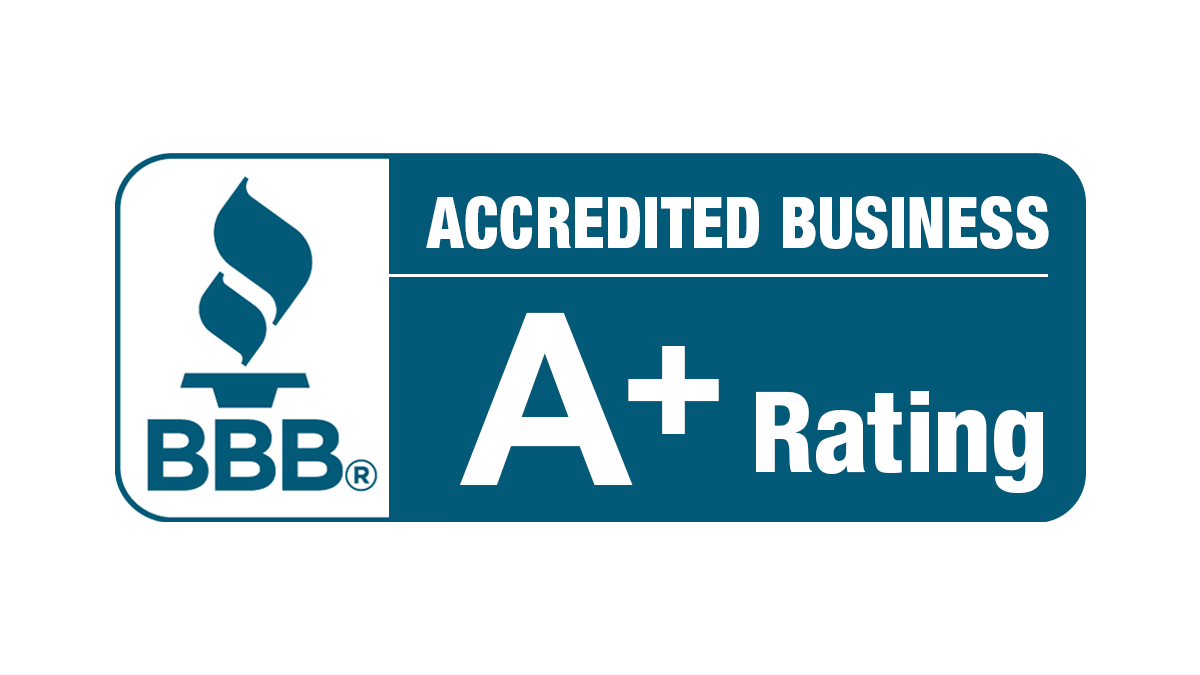How the Trademark Application Process Works
Based on information provided by the USPTO

Trademark Filing Date & Serial Number
The PTO (Patent and Trademark Office) is responsible for the federal registration of trademarks. All trademark applications need to be submitted online now. When a trademark application is electronically received, it is immediately assigned a filing date and a serial number.

Examination of Trademark Application
About three months after filing, an examining attorney at the PTO reviews the trademark application and determines whether the trademark name may be registered. If the examining attorney determines that the mark cannot be registered, the examining attorney will issue a letter listing any grounds for refusal and any corrections required in the application. The examining attorney may also contact the applicant by telephone if only minor corrections are required. The applicant must respond to any objections within six months of the mailing date of the letter, or the application will be abandoned. If the applicant’s response does not overcome all objections, the examining attorney will issue a final refusal. The applicant may then appeal to the Trademark Trial and Appeal Board, an administrative tribunal within the PTO.
A common ground for refusal is likelihood of confusion between the applicant’s trademark name and a registered mark. Marks which are merely descriptive in relation to the applicant’s goods or services, or a feature of the goods or services, may also be refused. Marks consisting of geographic terms or surnames may also be refused. Marks may be refused for other reasons as well.

Notice of Publication for Opposition
If there are no objections, or if the applicant overcomes all objections, the examining attorney will approve the mark for publication in the Official Gazette, a weekly publication of the PTO. The PTO will send a NOTICE OF PUBLICATION to the applicant indicating the date of publication. In the case of two or more applications for similar marks, the PTO will publish the application with the earliest effective filing date first. Any party who believes it may be damaged by the registration of the mark has 30 days from the date of publication to file an opposition to registration. An opposition is similar to a formal proceeding in the federal courts, but is held before the Trademark Trial and Appeal Board. If no opposition is filed, the application enters the next stage of the registration process.

Issuance of Certificate of Registration or Notice of Allowance
If the trademark application was based upon the actual use of the mark in commerce prior to approval for publication, the PTO will register the mark and issue a registration certificate about 12 weeks after the date the mark was published, if no opposition was filed.
If, instead, the mark was published based upon the applicant’s statement of having a bona fide intention to use the mark in commerce, the PTO will issue a NOTICE OF ALLOWANCE about 12 weeks after the date the mark was published, again provided no opposition was filed. The applicant then has six months from the date of the NOTICE OF ALLOWANCE to either (1) use the mark in commerce and submit a STATEMENT OF USE, or (2) request a six-month EXTENSION OF TIME TO FILE A STATEMENT OF USE. The applicant may request additional extensions of time only as noted in the instructions on the back of the extension form. If the STATEMENT OF USE is filed and approved, the PTO will then issue the registration certificate.

